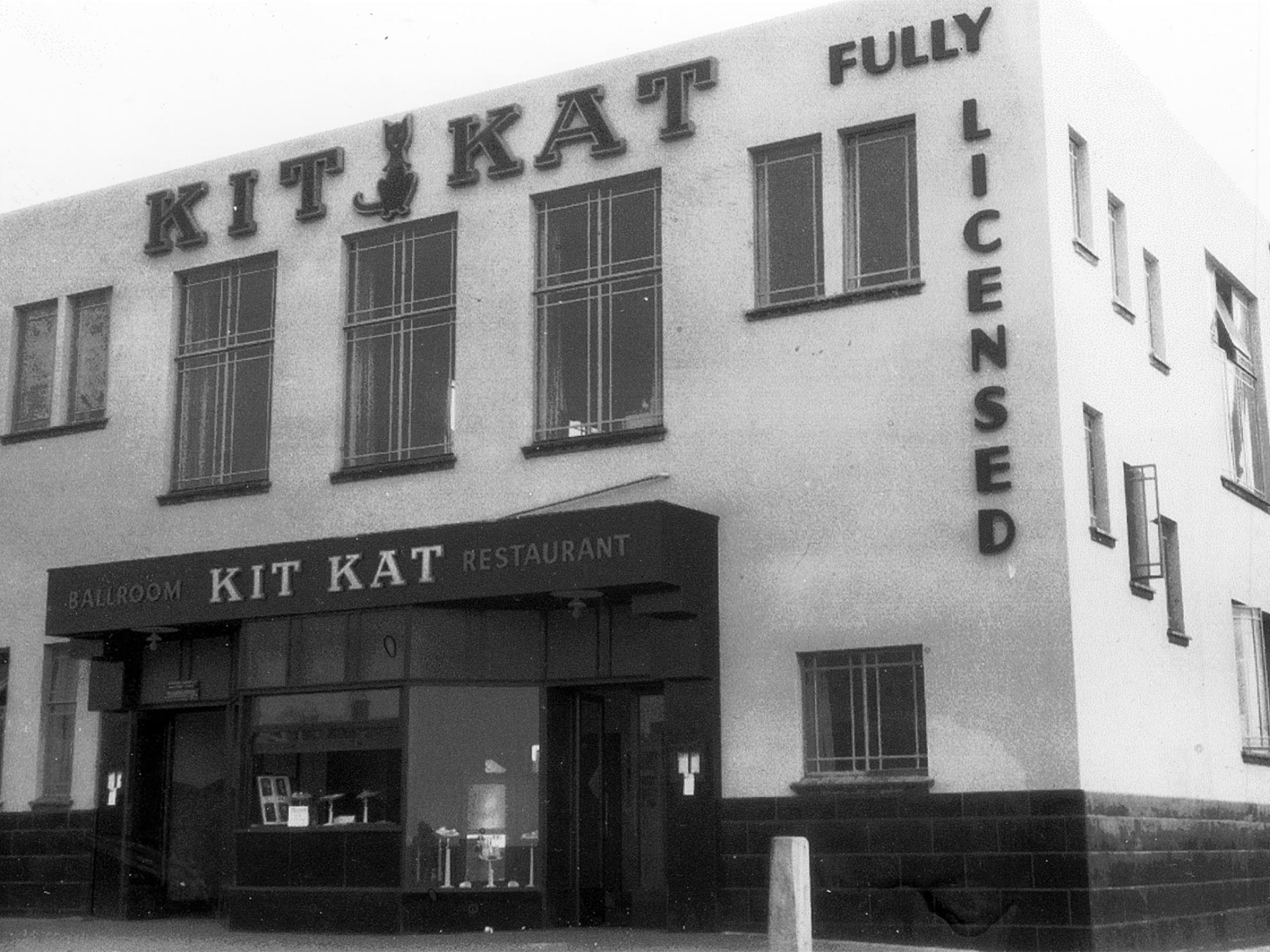
Remembering the good old days
An iconic landmark and notorious recreational hotspot in its heyday, the Kit Kat in Hunstanton was the place to be from 1934-1986. It may be gone, but its energy will never be forgotten
After 21 years of lying empty, the site the iconic Kit Kat once occupied is now home to a five storey block of apartments and retail units. It was once a haven for locals and tourists alike, offering a small slice of paradise for anyone wishing to while away the hours socialising and dancing. Such was its allure, the site still stokes up powerful memories of many happy hours spent - even after a staggering 90 years. So what was it about the Kit Kat that made it so special?
If you ask Dick Melton, a local historian and former head barman of the Kit Kat, it’s because the art deco landmark had it all.
“The place was a hit from day one,” he says. “It was spread across two floors, with downstairs housing a dining room and bar fitted out with Lloyd Loom easy wicker chairs. Upstairs you had a plush ballroom, which served as a restaurant by day and a dance hall by night on the weekends. Complete with a maple sprung floor, a stage with a grand piano, and 200 armchairs salvaged from the Red Line SS Minnetonka (which was scrapped in 1934) the Kit Kat was truly stunning.”
It’s no wonder crowds flocked to the vibrant venue. Between the family oriented space downstairs and the thriving upstairs oasis for over 18 dance nights (which were Saturdays to begin with followed by a members only Sunday night), there was nothing to rival it. The Sunday Dance Club in particular was very popular as it was the first of its kind in the area, requiring a special licence to operate.
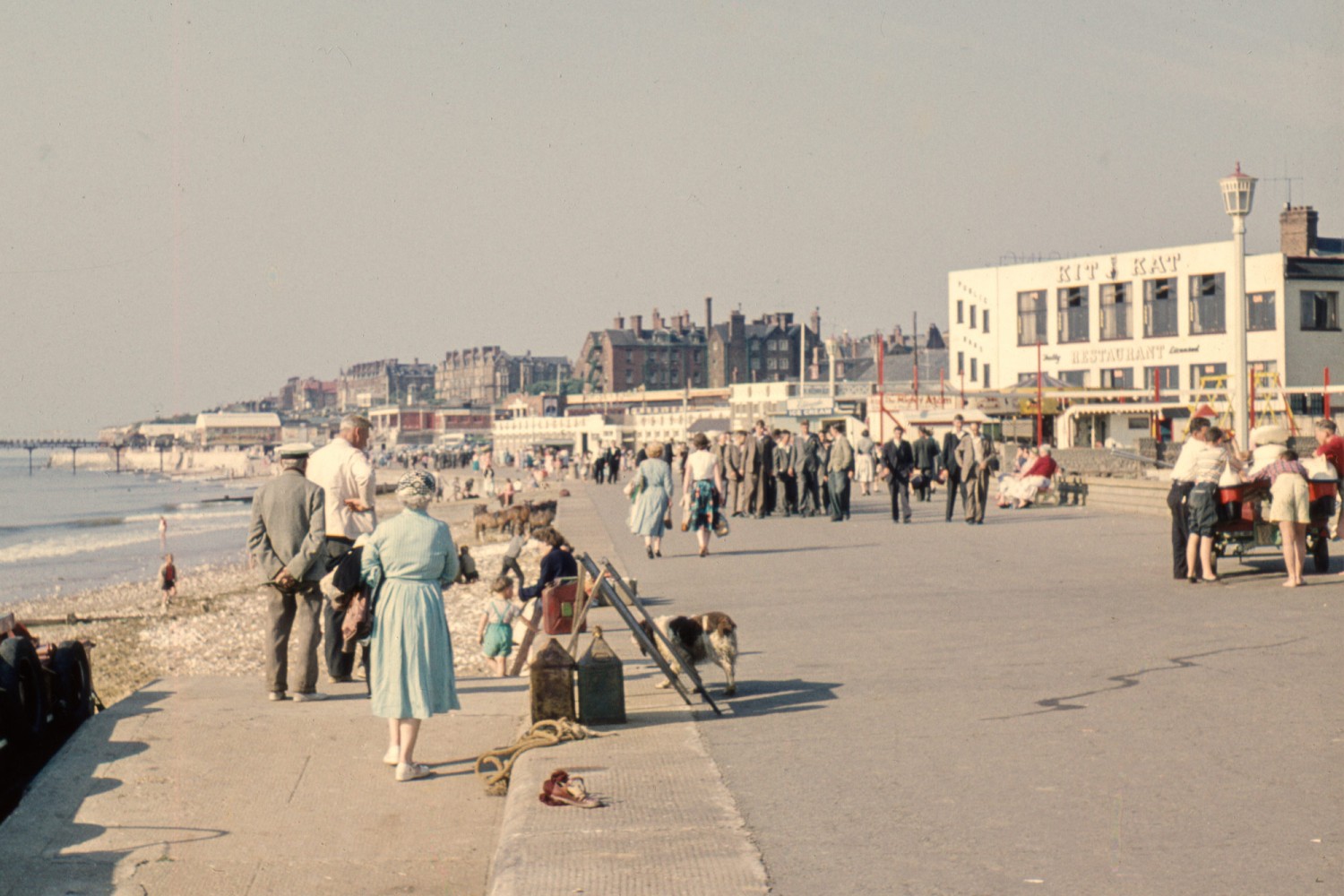
ABOVE: The Kit Kat might be gone, but the pictures and memories that people hold dear are reminders of the many happy hours spent at Hunstanton’s iconic landmark, pictured from the promenade in the early 1960s (© Martin Snelling).
“The restaurants could hold and cater for about 200 people,” continues Dick, “but when it was a dance hall it would be full to the rafters with a crowd of 1000. When I worked on the door it was common to have to refuse entry by 9pm as we were full.”
According to Dick, it wasn’t just local folk that would assemble at the Kit Kat in search of a good time. Huge groups would travel from as far as Brandon, Swaffham, Wisbech and March for the experience. The only people who didn’t get to appreciate Hunstanton’s star attraction were the Americans; for a short spell, at least.
“During the war years we had a lot of RAF and Army personnel stationed in the area, so Horace Brooke (who established the Kit Kat) felt it best that Americans weren’t permitted entry,” Dick says. “This prevented fights breaking out. Not that they didn’t happen, of course. They took place at Cassie’s Cafe instead (now a caravan and camping shop), which is where all the American troops used to go.”
This is something Richard Barlow remembers well. “When I was a young lad in the mid 50s I used to go to the Kit Kat with my parents whenever we were at our caravan on north beach at Heacham,” he says. “Then in the early 60s a friend and I would go there dancing and looking for girls. We often went to Cassie’s Cafe afterwards for a coke or coffee and to fight with the American’s who had more money, bigger cars and were better at chatting the local girls up. The Kit Kat was an important asset to Hunstanton and a great place to meet for a drink and dance.”
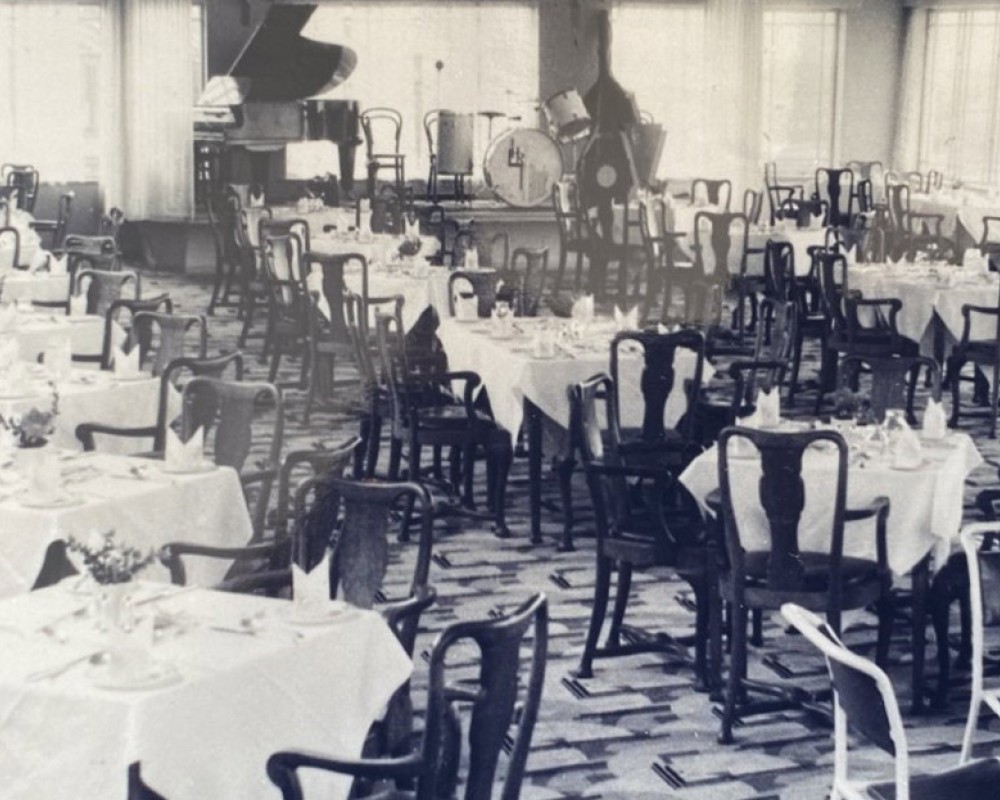
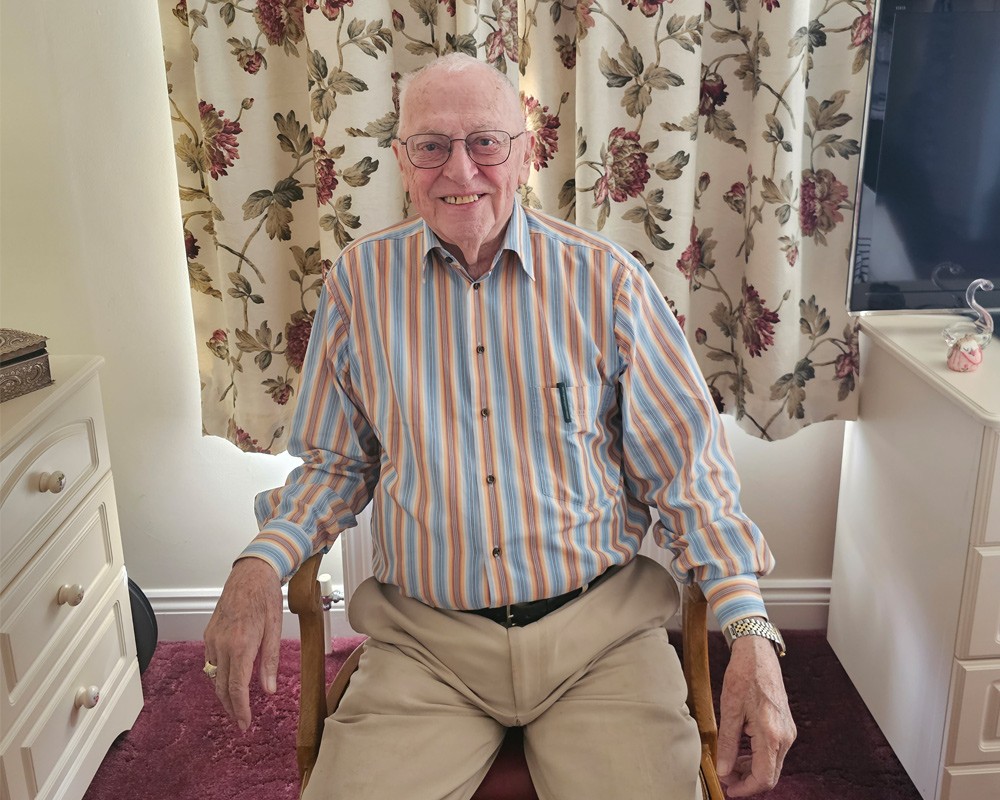
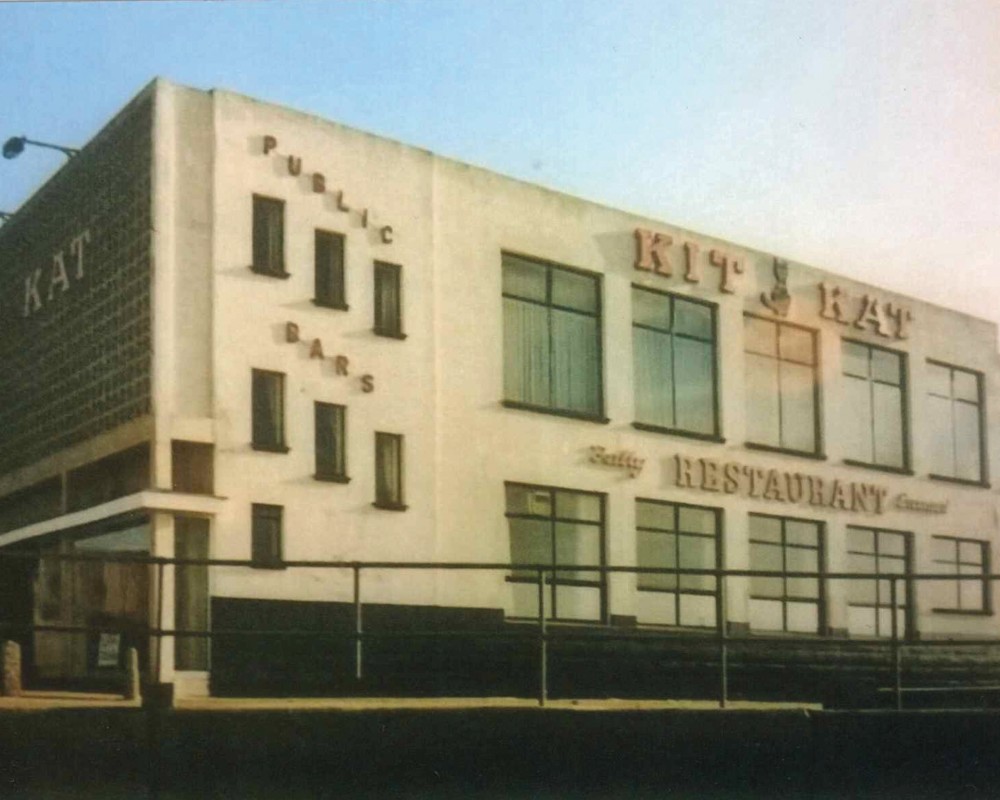
ABOVE: An Art Deco masterpiece, the Kit Kat featured a maple sprung floor, a stage with a grand piano and 200 armchairs from the Red Line SS Minnetonka, which was scrapped in 1934. Peter Brooke, whose father founded the Kit Kat, still owns six of the chairs and is pictured sitting in one.
During the course of its life, the Kit Kat also became known as a prime wedding and events venue, with Horace’s side venture, The Brooke and Brooke catering business providing food for countless celebrations. “Horace was a businessman; he provided catering all over East Anglia, not just at the Kit Kat,” says Dick. “During the years I worked there (between 1957 and 1986) Brooke and Brooke must have done 500 weddings.”
The Kit Kat also catered for a number of influential people, Peter Brooke (Horace’s son) recalls. “Reis Leming, who saved many lives when flooding hit Hunstanton in 1953, had his wedding celebrations at the Kit Kat. I even helped to make his wedding cake,” he says.
“I remember having my 21st birthday party upstairs. It was organised by Mr Leonard Colisanti, who was the club’s manager during its heyday; he was even known as ‘Mr Kit Kat’. Hundreds of people met lifelong friends and partners at the Kit Kat. It was prominent you see; it was the place to go in Norfolk.”
There can be no doubt that the Kit Kat was a much loved and versatile venue, of which countless people across East Anglia hold treasured memories. Its story has also never failed to be interesting; from the very beginning when Horace had to buy the Buck pub at Sedgeford just so he could transfer the licence to the Kit Kat to the end, when his sons sold the pub in 1986.
It took on several different identities after that, from The Sands to O’Rourke’s Bar before eventually closing down for good in 1996. Still, the empty Kit Kat building wasn’t truly gone until 1998 when it was destroyed by a fire. But even as the site begins a new journey, the spirit of the bustling venue lives on in our memories; immortalised forever as the best club in town.
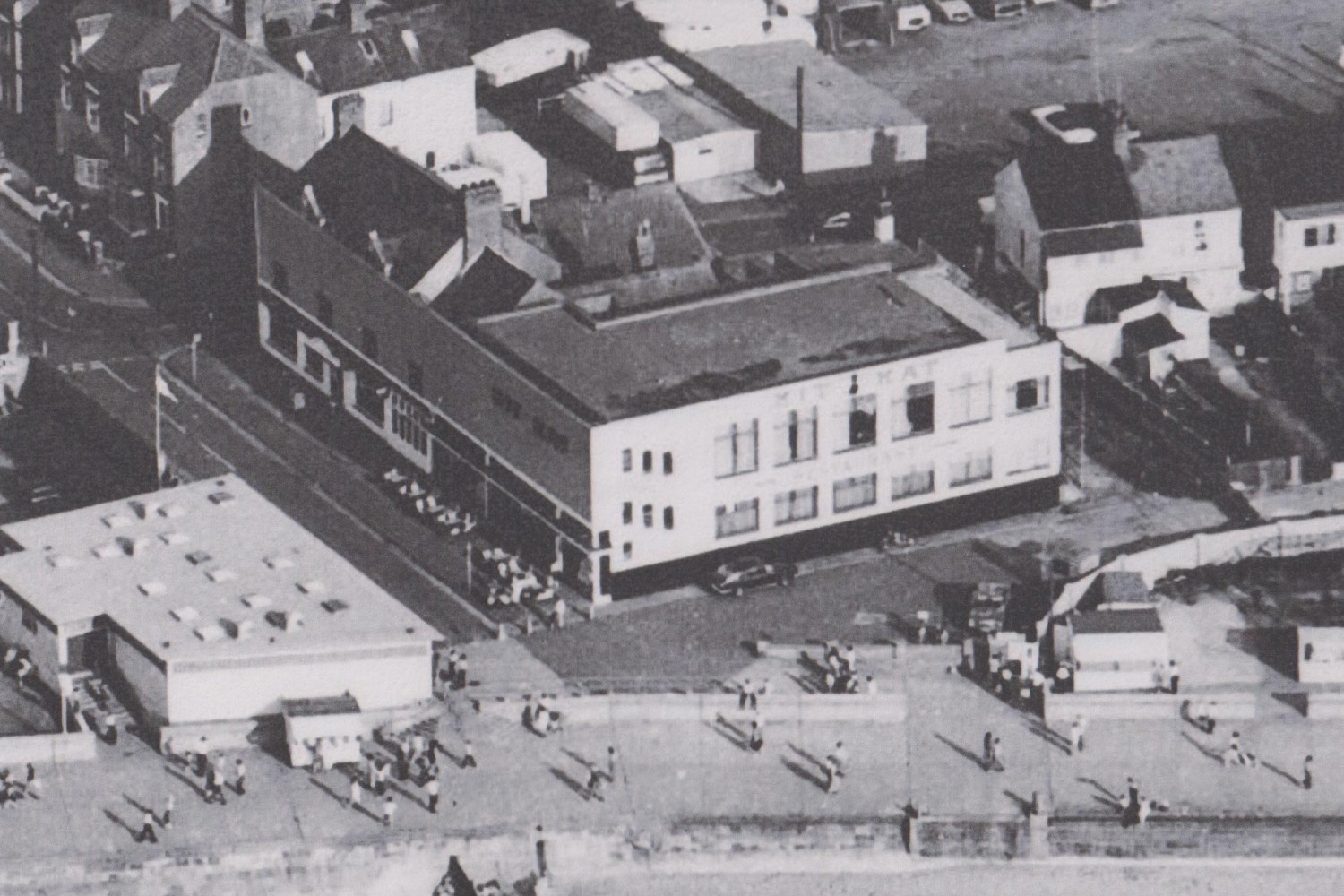
HEADLINE PHOTO: © Hunstanton Heritage Centre
